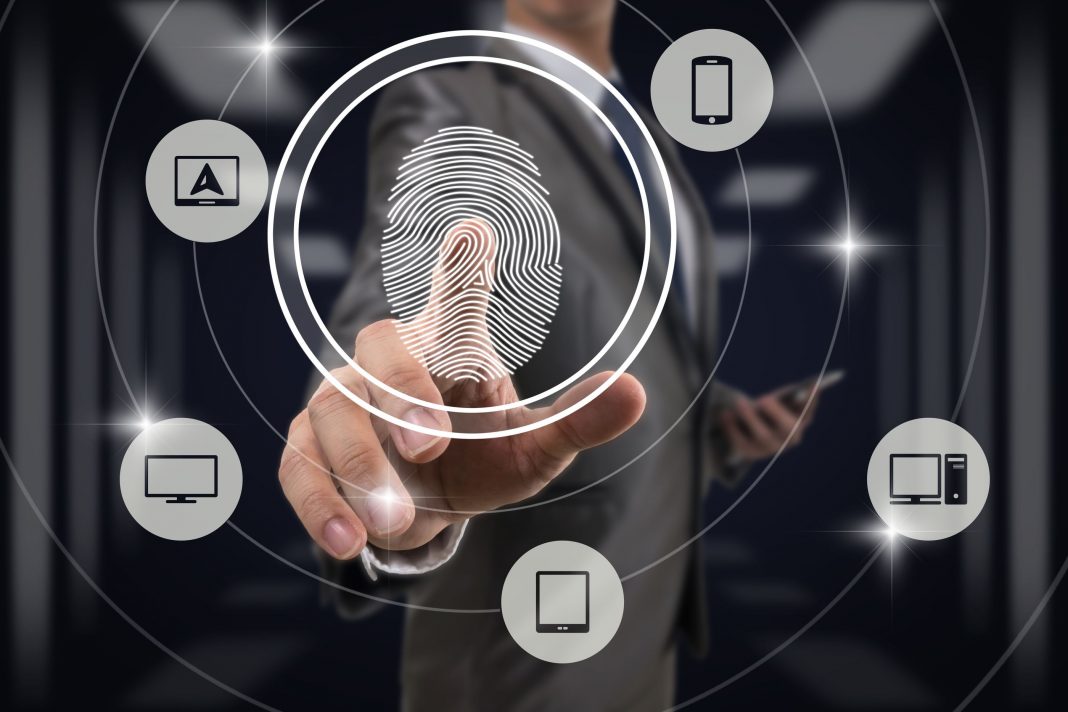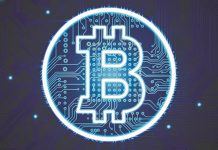Ever since Satoshi Nakamoto, the mysterious and pseudonymous author of the white paper that resulted in the creation of Bitcoin, explained the nature of blockchain networks, there has been considerable speculation about just how much trust can be placed in distributed ledger technology. There are many complicated arguments in favor of blockchain and their relative security; in recent years, however, researchers have begun to express doubts about the level of trust that should be placed on cryptocurrencies and other blockchain applications.
A debate centered on blockchain development and its future has been unfolding at respected publication Slate; it all started with a short story essay by Emily Parker about a journalist living in a world where everything is recorded on highly transparent distributed ledger. The short story is partly based on “The Truth Machine,” a seminal MIT research paper that argues in favor of widespread blockchain applications because of their distributed ledger and smart contract functionality. The underlying philosophy is that trust can be attained with blockchain apps because no trust is required at all.
In the Emily Parker story, fake news are no longer problematic; they have become part of an uncomfortable history because news reports are made part of the blockchain, wherein a series of smart contract verification vouch for the facts and confirm them. As Utopian and futuristic as such a concept may sound, the idea of a blockchain newsroom is not far-fetched at all; the only reason it has not been implemented by major news media platforms is because they are enamored of tradition, but this does not mean that a blockchain application would miraculously eliminate misinformation and propaganda.
According to Jill Carlson, co-founder of a research firm that studies monetary transactions in closed economies, there are inherent problems with ascertaining the validity of blockchain networks, and this matter is seldom discussed or analyzed by end users such as Bitcoin traders. While it is true that the records entered into the Bitcoin blockchain are wide open for anyone to see, this does not mean that such records can be fully trusted in all aspects. The digital timestamp and other transactional factors that can be expressed numerically cannot be changed, but this does not mean that everything about them is valid.
Carlson provides the example of a blockchain used to record the provenance of diamonds. A jeweler may refer to a smart contract that required a mining company in Sierra Leone that the piece in question is not a blood diamond, but the blockchain records cannot ascertain whether that smart contract was somehow gamed in the physical world. When you start to take into consideration all these factors, the prime validity of blockchain networks starts to come into question.






